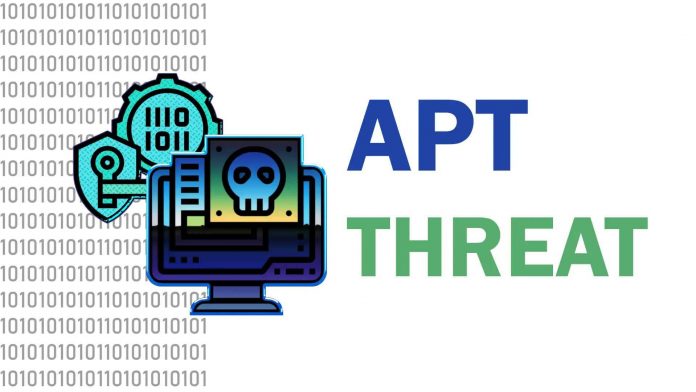APT stands for Advanced persistent threat is a broad term use to define attack operations in which an interloper, team of intruders or builds an illicit or long-term presence on a network to mine highly suspective data.
The aims of these attacks and these very precisely determine and researched, typically hold political networks or large enterprises. The values of such intrusions are vast, and include:
1.Intellectual property theft (e.g., trade secrets or patents)
2.Compromised sensitive information (e.g., employee and user private data)
3.The sabotaging of critical organizational infrastructures (e.g., database deletion)
4. Total site takeovers.
Electrocuting an Advanced persistent threat assault needs more resources than a usual web application attack. The perpetrators are usually teams of skilled cybercriminals having substantial financial backing. Some APT attacks are government-fund and work as cyber warfare weapons.
APT attacks deviate from traditional web application threats, in that:
They’re significantly more complex.
These are not hit and run attacks—once a network is infiltrated, the perpetrator remains to accomplish as much information as possible.
It manually administered (not automated) against a specific mark and indiscriminately launched opposite a large pool of targets.
They often aim to infiltrate a whole network, as opposed to one particular part.
More common attacks, such as remote file inclusion (RFI), SQL injection and cross-site scripting (XSS), generally used by perpetrators to build a foothold in a targeted network. Next, Trojans and backdoor shells often use to extend that foothold and create persistent proximity within the targeted perimeter.















